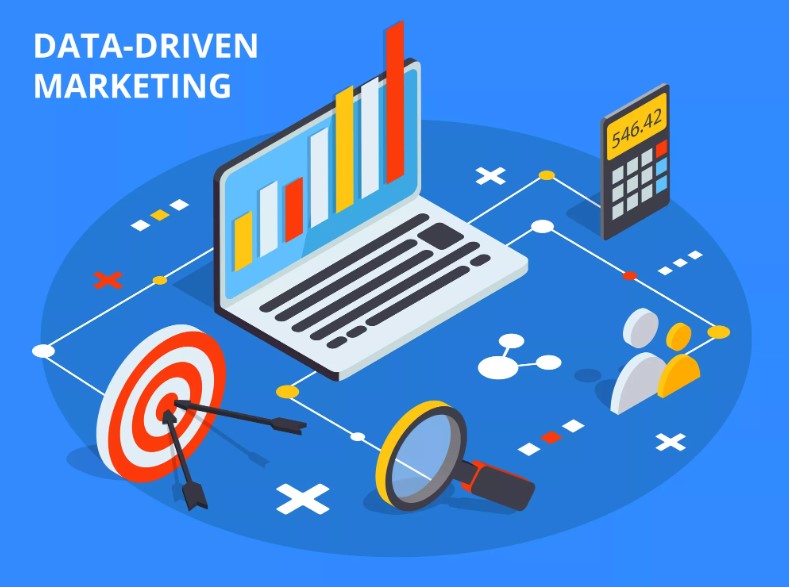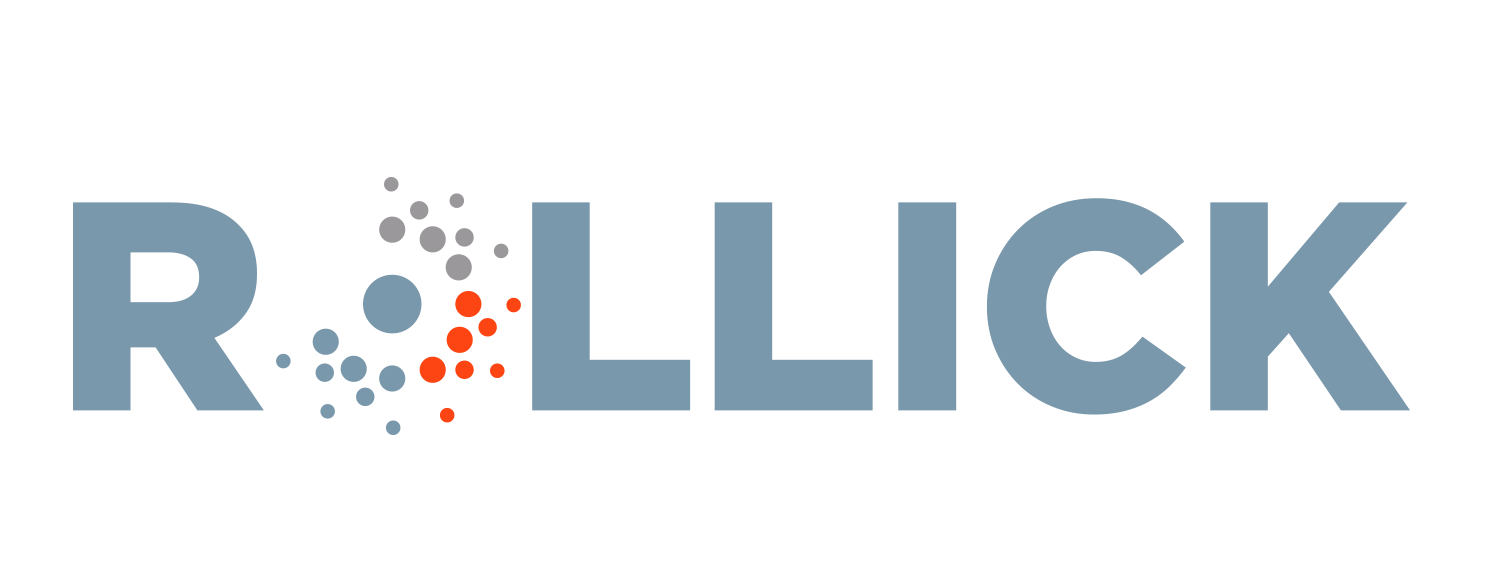Original article published on Soundings Trade Only Today - October 2021 Issue
Shopping for a boat is a complex process for consumers. As an OEM or dealer, winning them over requires exceptional service before, during, and after the sale. And while high demand and record-setting boat sales are great for the industry, the downside is that it comes at a time when lack of inventory, labor shortages, back-ordered parts, and long service wait times makes it harder than ever to provide shoppers with a positive overall experience.
Over the last 12 months, Rollick has been closely monitoring customer data to see where the breakdowns in the customer experience exist. Despite low inventory, data shows that customers are generally satisfied with the upfront sales process, with an overall sales satisfaction rate of 89%. However, overall satisfaction with after-sale service provided by the OEM and dealer drops to 83%. Pandemic issues aside, historical data suggests that when consumers aren't satisfied with their service experience, they are generally not happy with the product. This leads to defection and friction between all parties.
Friction and disconnected experiences in the buying and ownership experience aren’t new to the boating industry -- they exist in virtually all industries where an OEM and dealer sales channel is communicating with prospects and customers. Both entities have the same goal in mind -- new sales and customer retention -- but different objectives, tactics, and technology to achieve goals. The pandemic has exacerbated many issues that exist within the OEM and dealer relationship, such as prompt and effective lead/owner follow-up. But it has also created exciting new opportunities such as allowing customers to place pre-orders and initiate boat transactions online. New advances in marketing and eCommerce technology have begun to play a bigger role in helping OEMs and dealers become more connected in the sales and ownership process, causing less friction and producing happier customers.
Historically, it was unrealistic to expect OEMs and their dealer network to leverage the same technology platforms to manage the customer journey. In today’s new normal, OEMs are realizing that they can’t simply rely on consumers walking into dealerships to purchase their products. They are now investing in new marketing technology platforms that are more integrated with their dealer partners to make data sharing easier and bring mutual customers closer to a transaction.
Here are some of the new technology trends that are bringing OEMs and dealers closer together to deliver a better customer experience:
Connected Inventory Marketing
Forward-thinking OEMs are listening to the challenges their dealer partners are facing in the field and offering inventory solutions that integrate seamlessly with dealer websites. The inventory crunch has elevated the need for OEMs to start displaying dealer inventory on their brand websites, help their dealers market it, and even take deposits or allow purchases completely online. The "digital handshake" between OEM and dealer websites will be especially important when inventory levels start to normalize and demand for outdoor recreation products soften, making it easier for shoppers to find the right product for their family.
CRM Integration and Communication Tools
One of the biggest challenges facing dealers is lead management and a streamlined way to get all their leads into the sales workflow. Not only is lead volume at an all-time high, but dealers also receive leads from multiple sources outside of their website (i.e., OEM leads, listing sites, Facebook), and they come in many different formats. The challenge for dealers, especially when it comes to OEM leads, is keeping their prospects organized and ensuring each lead makes it to their CRM. Lead response data suggests that when leads are sent directly to dealer CRMs, those potential customers receive higher priority and experience faster response times because dealer sales reps can process them faster. For OEMs, it creates a huge advantage over competitors as well.
To pull this off, many OEMs and dealers are implementing CRM data hubs to process and route leads directed at the dealership so each sales opportunity enters the CRM in a consistent format. Coupled with the right dealer communication tools such as text, email, and quoting systems, the result is more engagement from dealer sales teams and increased lead response times.
Digital Retailing
To meet consumer demand and evolving shopping trends, OEMs and dealers are implementing Amazon-like digital shopping experiences that allow their customers to start a transaction online. From getting pre-qualified for financing and estimating trade-in values to reserving a boat and placing a deposit, OEMs are rolling out national digital retailing programs on their brand website and dealer website inventory listings. The solution is being found to yield an 87% increase in lead submissions and a 50% increase in close rates.
Owner Issue Resolution
When boat owners have a poor service experience at the OEM or dealer level, product and brand perception is negatively impacted, often resulting in industry abandonment. To enhance the customer ownership experience, OEMs are implementing connected issue resolution management technology tied to their customer satisfaction programs that allows the OEM service team, dealer, and consumer to have visibility and insight into the escalation of the customer issue. Allowing the customer to create a dialogue with both the OEM and dealer in one solution creates a better experience for the customer and transparency between all parties involved.
AI and Machine Learning Communications
One of the hottest trends right now is the use of artificial intelligence and machine learning to better serve communication to prospects and customers. Just like social media companies targeting you with advertising and content based on your interests and search history, the same thing is happening with OEM and dealer websites that have the right marketing technology systems in place. What this means is that your marketing technology system learns more about the interest of your prospects over time and "the machine" serves specific content to them without the marketing team having to lift a finger. Not only does this create time savings for marketing and content teams, but consumers are delivered relevant communications via email, text, and advertising based on their engagement and preferences.
In conclusion, it can be overwhelming for both OEMs and dealers to implement useful new technology for their marketing and sales team. The key to success is finding vertically focused technologies that better serve the customer experience and have seamless integration points between the various OEM and dealer-centric solutions on the market. Before taking the plunge into a new system, talk with industry partners and find out what's working and what's not. OEMs, talk to your dealers and understand their needs and what will make their life easier. Dealers, ask your OEMs for best practices as well as what solutions are best suited to make the customer experience better and integrated with existing systems. It will be challenging for the industry, but the OEMs and dealers that can pull off a more connected customer experience will increase consumer confidence, awareness, and market share.





